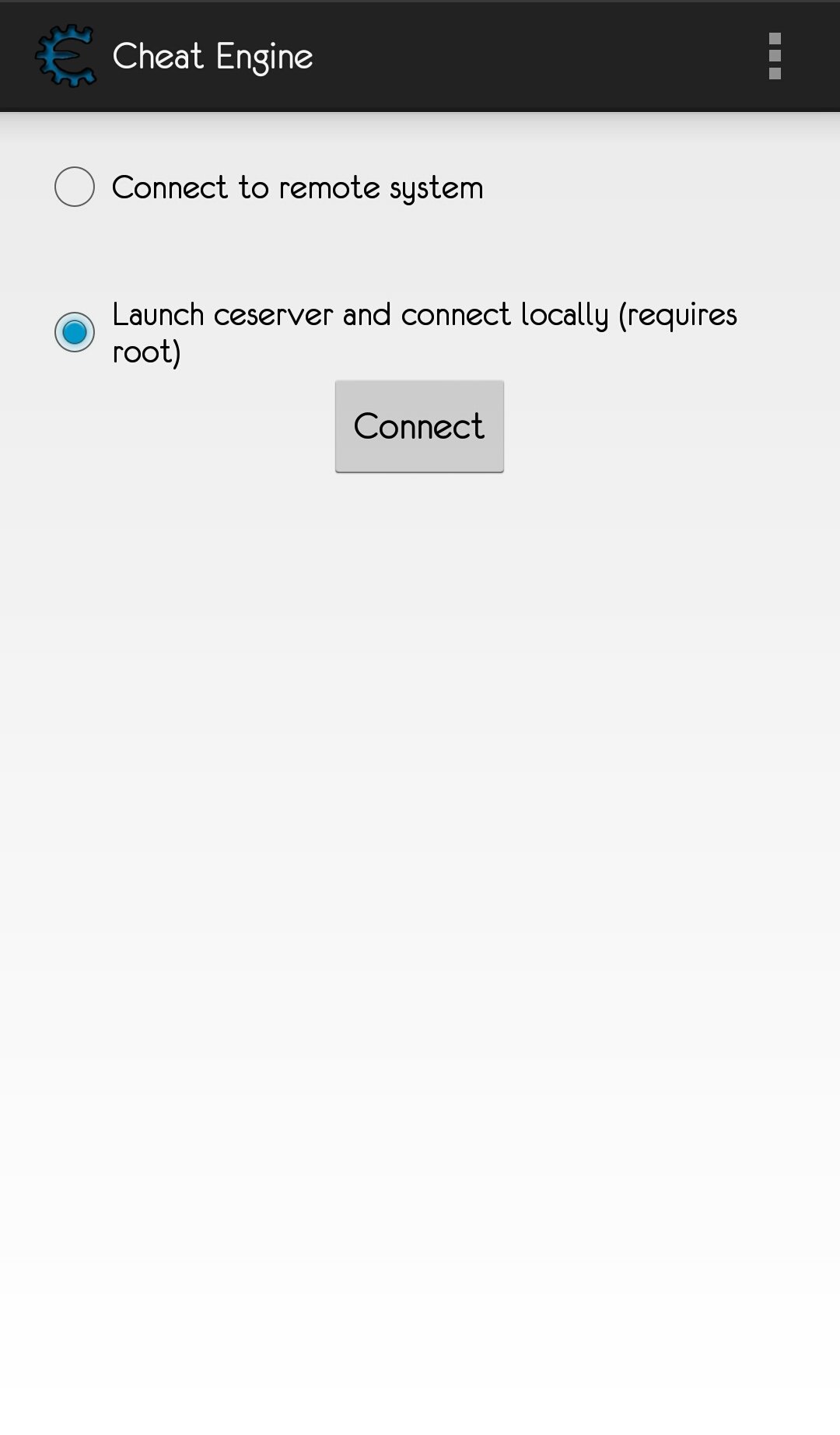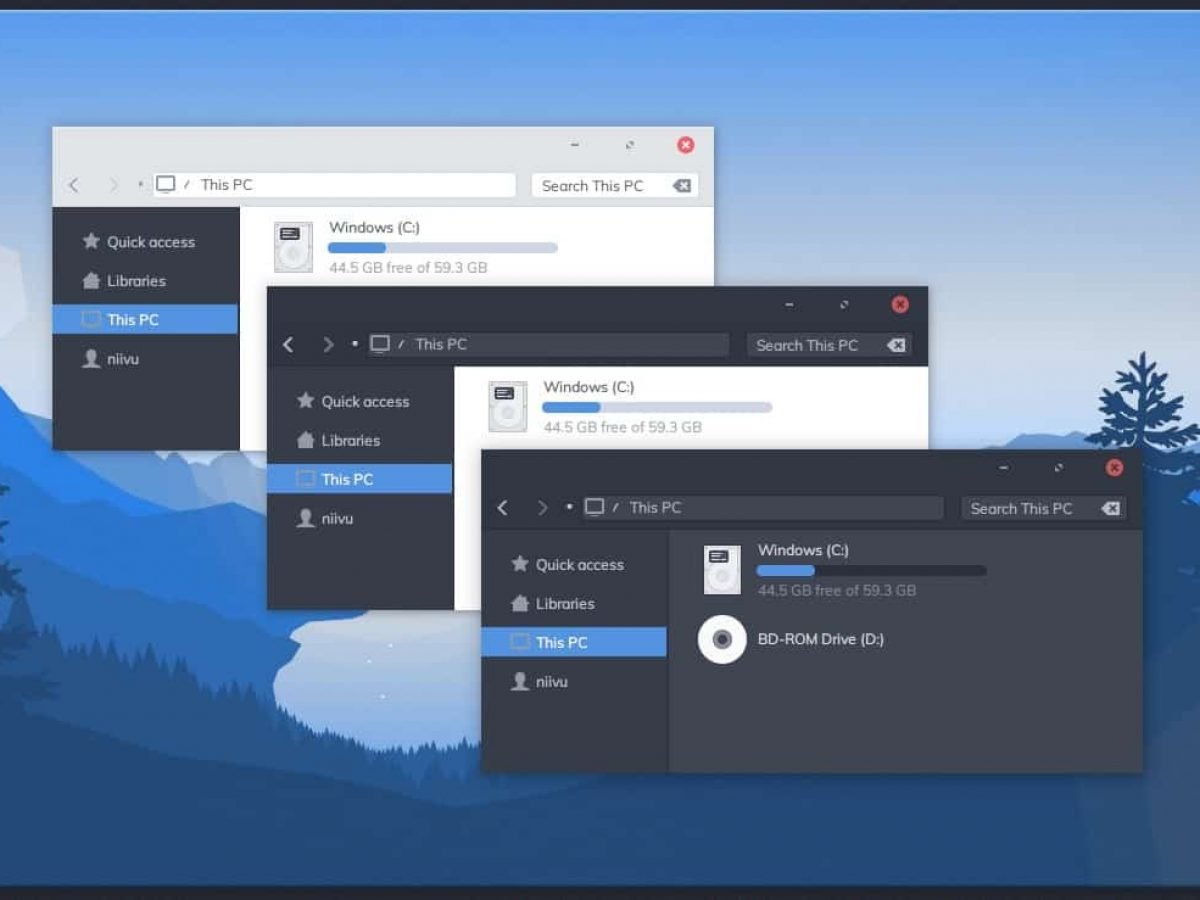
- #CHEAT ENGINE MAC OS X YOSEMITE HOW TO#
- #CHEAT ENGINE MAC OS X YOSEMITE INSTALL#
- #CHEAT ENGINE MAC OS X YOSEMITE CODE#
- #CHEAT ENGINE MAC OS X YOSEMITE DOWNLOAD#
#CHEAT ENGINE MAC OS X YOSEMITE INSTALL#
It will ask you password (admin) and it will then install the SDL framework correctly. Sudo cp -r /Volumes /SDL /SDL.framework /Library /Frameworks / I’ve been using El Capitan (Mac OS X 10.11) beta for a few days now and noticed that installing the SDL framework does not work with simple drag and drop, however, through Terminal (“ Applications” “ Terminal“) it does work.įirst mount the DMG (double click) and then open Terminal and type:
#CHEAT ENGINE MAC OS X YOSEMITE HOW TO#
Your Mac will ask for authentication, and you will need to enter your password.Įl Capitan (10.11) – Or how to use Terminal to install SDL Now drag the file “SDL.framework” from the DMG to the “/Library/Frameworks” directory you just opened. Next open the Finder and go to “/Library/Frameworks” (from the Finder menu: “ Go” “ Go to folder“, enter “ /Library/Frameworks” and click “ Go“). To install the SDL library (framework) we will need to copy the “ SDL.framework” file of the mounted DMG into the “ /Library/Frameworks” directory.įirst, double click the DMG file, so it gets mounted. For games and emulators we do need this, so we need to install SDL.Īt the time that I’m writing this article, SDL 2.0 is already available, but MAME isn’t compatible with that just yet. SDL, Simple Directmedia Layer, is a framework or library that allows cross-platform development of applications that need low level access to audio, keyboard, mouse, joystick, and graphics hardware via OpenGL or Direct3D.
#CHEAT ENGINE MAC OS X YOSEMITE DOWNLOAD#
The following steps will do all this just in more detail … Step 1 – Download and Install the SDL framework

Double click mand in the MAME folder (or mand for 32 bit).Install the SDL Framework (copy SDL.framework to /Library/Frameworks).
 Download and Extract the Package from Tweaking 4All (above). For the impatient, like myself at times, here the very short version: Look for the restricted text to indicate where SIP is enforced.īy default (=SIP enabled), the following folders are restricted (see Apple Support page): /System You can verify whether a file or folder is restricted by issuing this ls command using the capital O (and not zero 0) to modify the long listing flag: ls -lO /System /usr In the Terminal window, type in csrutil disable and press Enter. Reboot your Mac into Recovery Mode by restarting your computer and holding down Command+ R until the Apple logo appears on your screen. Here's how to do it if you really need to:Īpple's documentation covers disabling SIP, About System Integrity Protection on your Mac and Configuring System Integrity Protection.Īn article on lists these steps: If you're developing for another platform such as deployment to a web server, then you can't share your development environment setup with other developers on your team without compromising their security as well.
Download and Extract the Package from Tweaking 4All (above). For the impatient, like myself at times, here the very short version: Look for the restricted text to indicate where SIP is enforced.īy default (=SIP enabled), the following folders are restricted (see Apple Support page): /System You can verify whether a file or folder is restricted by issuing this ls command using the capital O (and not zero 0) to modify the long listing flag: ls -lO /System /usr In the Terminal window, type in csrutil disable and press Enter. Reboot your Mac into Recovery Mode by restarting your computer and holding down Command+ R until the Apple logo appears on your screen. Here's how to do it if you really need to:Īpple's documentation covers disabling SIP, About System Integrity Protection on your Mac and Configuring System Integrity Protection.Īn article on lists these steps: If you're developing for another platform such as deployment to a web server, then you can't share your development environment setup with other developers on your team without compromising their security as well. 
#CHEAT ENGINE MAC OS X YOSEMITE CODE#
If you're developing mac apps, then your system becomes less useful as a testbed because you don't know if your code only works because you hacked your system.
if you require a legacy kernel extension such as MacFUSE on an M1 macĪlso important beyond the security implications is the fact that anything you do on a mac with SIP disabled will not work on anyone else's mac unless they also disable it first. if you are attempting to modify core operating system functionality for deployment in a highly-specialized environment such as a public-facing kiosk. if you're doing research on malware yourself in a disposable environment, such as in a macOS virtual machine. Valid reasons to disable SIP yourself might be: The system-provided tools may be convenient to bootstrap, but if you require SIP exceptions for your daily workflow you are almost certainly doing things in a way which will break in a future version of the operating system, and may break applications and other system functionality in the meanwhile. If you are simply trying to configure system development tools such as vim, python2, ruby and so on, you almost certainly want to be just installing community-maintained versions from Homebrew and configuring those instead. Failure to reenable SIP when you are done testing leaves your computer vulnerable to malicious code. Note: disabling System Integrity Protection is dangerous, and makes your system more vulnerable to malware.Īs Apple puts it in the developer documentation about SIP: Warningĭisable SIP only temporarily to perform necessary tasks, and reenable it as soon as possible.







 0 kommentar(er)
0 kommentar(er)
